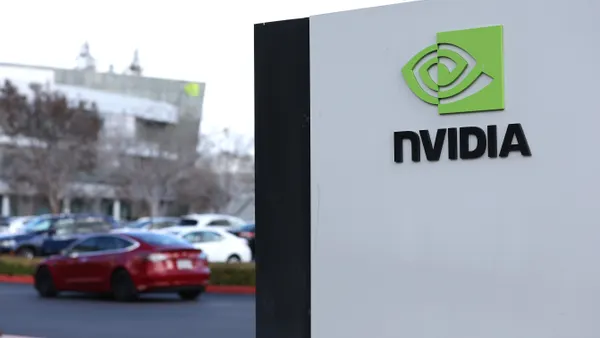Dive Brief:
-
Deciphering the difference between transformative technologies and the perception of their transformative qualities is important. Big data, artificial intelligence and machine learning, and the public cloud are considered the top three emerging technologies to enable digital transformation, according to ISACA's Digital Transformation Barometer report of nearly 6,000 technology professionals.
-
Organizational resistance is a common byproduct of emerging technology with public cloud earning the most pushback at 52%, followed by AI and ML and the internet of things at 40% each, according to the report.
-
About one-third of digitally literate companies — or organizations with leaders who have a clear understanding of all implications of emerging technologies — plan on deploying AI and ML technologies in a years' time. Less than one-fifth of all other organizations will do the same. Still, only slightly more than half of respondents say they are digitally literate.
Dive Insight:
Companies are increasingly told their culture needs to transform just as much as their technology does. Adopting a digital culture in the midst of digital transformation could be the deciding factor in how new tools are used.
Relying on the mere introduction of a technology is insufficient in promising higher productivity levels. Nurturing a change in culture to accommodate the tools has proven to increase engagement. Doing so brought 80% of organizations a breakthrough performance in their transformation.
Changing culture forces companies to assess its workforce. Millennials, Baby Boomers and Gen Exers each have tendencies and preferences in need of attention. Millennials are more likely than Baby Boomers to speak up when they don't get the tools they request.
Knowing what is important to the people IT is servicing is instrumental in choosing emerging tools. Transformational failure often boils down to miscommunication. Sending out regular messages, notifications or general inquiries regarding IT can help alleviate interdepartmental miscommunications.













